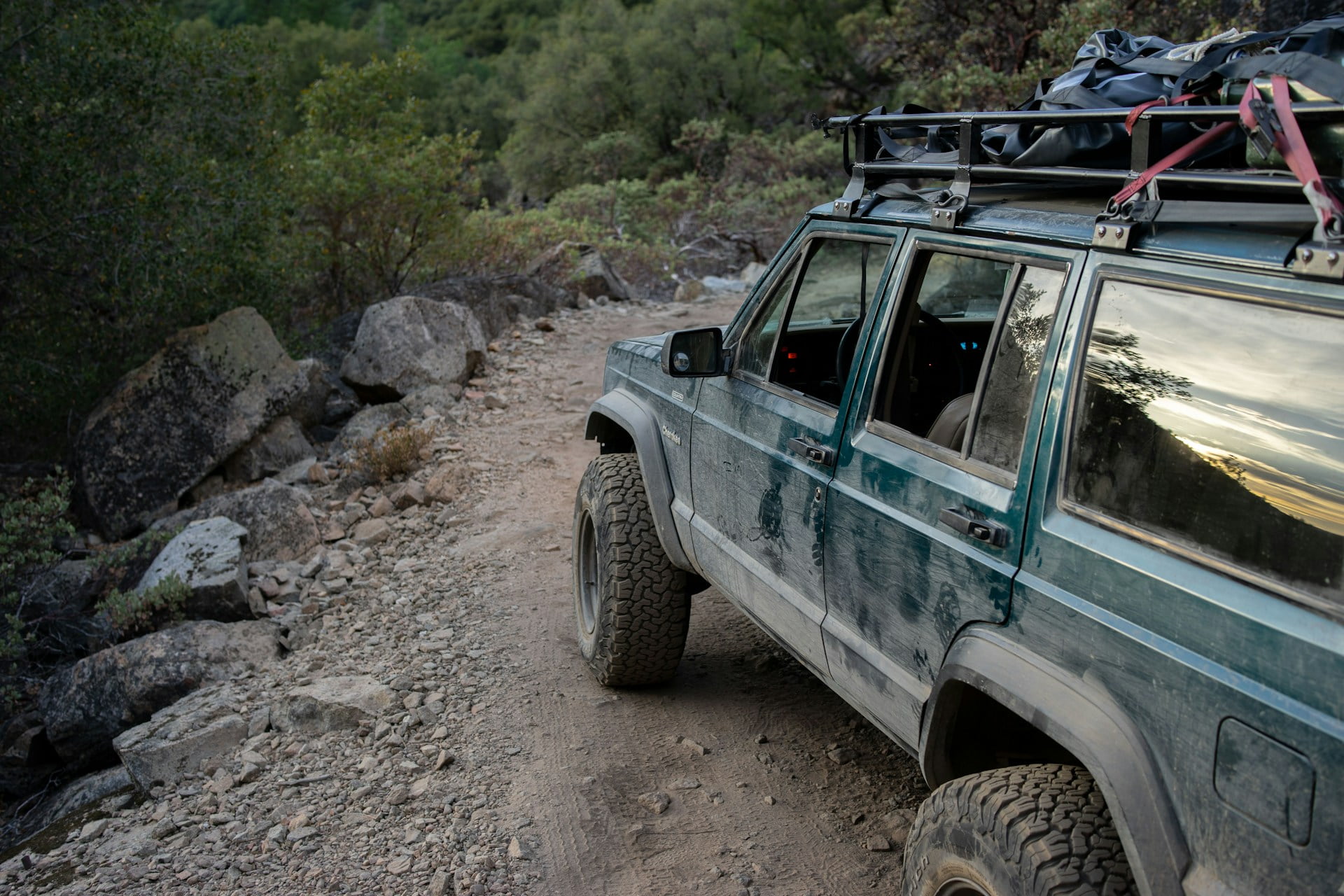If you’re truly the adventurous type, chances are you can pack up and head for the wild in your car, even if it’s not a safari-type vehicle. And truly, even a basic vehicle can transport a lot of gear, particularly if you have a roof rack. But even better is when you pair the right roof rack with a car designed for the backcountry, like the 4Runner.
These game-changers bring so much more room and storage to every car. However, you can maximize their efficiency with a few extra tips. In this article, we’ll dive into some tips to help ensure your vehicle runs safely and efficiently.
Tips to Optimize The Space in Your Roof Rack
For most people, much thought doesn’t go into how you pack supplies onto the roof rack. But this might mean you’re not making the most of your car’s storage. So before driving off, let’s take a minute to discuss some reasons you want to maximize the space and efficiency in your roof rack.
1. Use Space Wisely
The fundamental advantage of a superior roof rack like the Toyota 4Runner roof rack is its ability to increase the available storage capacity of your car. To wisely use the extra space at your disposal, it’s vital to carefully pack and organize your luggage with intention. For starters, you must check the items you’ll need to bring and find out the most space-efficient way to place them on the roof rack. Additionally, considering quality accessories like those the Suzuki Jimny accessories can enhance both the functionality and style of your vehicle, ensuring your adventures are not only practical but also enjoyable.
Generally speaking, you want to load bulkier, broader items like bicycles, kayaks, or storage containers first. Next, you can use the smaller bags or items to fill in the gaps between the larger items. Finally, use straps, cargo nets, or bungee cords to secure your load so it doesn’t shift during the journey.
2. Prioritize Weight Distribution
Ensuring the right weight distribution is essential for optimum vehicle performance and safety when you have a roof rack in place. It’s not enough to just overload the roof rack. Instead, you must evenly position the loads on the rack to ensure every side of the car has roughly the same strain. This could mean resorting to your vehicle’s user manual or checking the roof rack’s manufacturer’s guidelines to know the maximum weight capacity it can accommodate.
Once you determine this weight limit, you should not exceed it under any circumstances. Overloading the rack doesn’t only mean possible mechanical damage, but it might also compromise the car’s handling and stability. For better balance, you want to move heavier items close to the car’s center.
3. Improve Aerodynamics
Vehicle efficiency isn’t only about storage; it also deals with fuel economy and minimum drag. If you fix a roof rack, don’t overlook aerodynamics. This keeps wind resistance at its lowest. You can do it right from the get-go when shopping for your roof rack by purchasing one with a low-profile and streamlined structural design.
This roof rack design reduces drag on your car’s aerodynamics. Another way to enhance vehicle aerodynamics is to avoid stacking items too high. Once your load is mounted too high, it can lead to negative fuel efficiency. Meanwhile, adding a wind deflector can lower wind noise and increase gas mileage.
4. Safely Keep Your Load in Place
Despite the need to make the most of your roof rack, safety supersedes this concern and will always be the number one priority on every road trip. Therefore, you should think about the immediate and long-term safety of yourself and your passengers when packing your roof rack. Then you also need to consider other road users. After all, you don’t want to have your items fall and become a hazard to anyone on or along the road during your journey. Thus, your load must be firmly fastened to the roof rack to prevent any damage or accident to man and property.
5. Make Routine Stops And Check Loads
Furthermore, you want to double-check each strap and retighten any loose ones. Even the tiniest slack can quickly come apart if left unchecked due to the rocking movement of the vehicle on its journey. To top it off, you can periodically check the strap at milestones during your journey to avoid surprises.
6. Parking And Height Clearance
Once you have successfully installed a roof rack, you must account for parking limits and height clearance each time you leave the driveway. Firstly, you need to measure your car’s height, including the roof rack, and consider any low-clearance structures like drive-throughs, parking garages, bridges, or garage doors.
Next, you have to also take into account your route. If parking and height clearance will be an issue, don’t hesitate to change your itinerary accordingly. This ensures you don’t encounter any possible height-related obstacles. Also, take extra care when parking since the extra height might limit access to some parking areas.
Conclusion
Remember, optimizing the space and efficiency of your roof rack is essentially about investing in the best-quality storage supplies. The first of these storage supplies also happens to be the roof rack itself. Several brands and types of roof racks are on the market for all kinds of cars. And they aren’t created the same. You can incorporate these tips into your next adventure’s packing routine, but please ensure you’re using the right roof rack.
Visit blogest for more!











One Comment